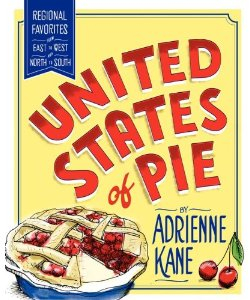 I live my life in search of a good Panang beef curry. Actually, I am in pursuit of a magnificent Mussamun Curry, but Panang is a close second. After a disappointing trial with a prepared Mussamun curry paste (too cardamom-y, not enough peanuts), and one too many mediocre Thai meals eaten out, I’ve decided to make the paste myself.
I live my life in search of a good Panang beef curry. Actually, I am in pursuit of a magnificent Mussamun Curry, but Panang is a close second. After a disappointing trial with a prepared Mussamun curry paste (too cardamom-y, not enough peanuts), and one too many mediocre Thai meals eaten out, I’ve decided to make the paste myself.
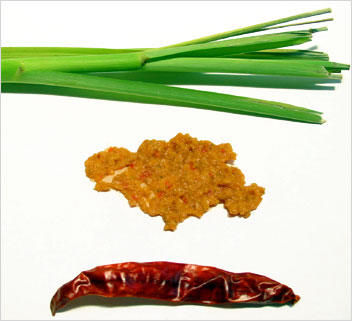
With an assemblage of ingredients typically Thai: galanga, lemon grass, chilies, shrimp paste, to name a few, and help from the mortar and pestle to grind the spices, and a Cuisanart (because I’m a weakling) to bring the ingredients into a potent, spicy paste, in less than an hour I have homemade curry paste.
So what is this obsession all about? There is a little Thai restaurant, near where I grew up, that has the most delicious Mussamun Beef Curry. It’s a little hole in the wall, that has been there forever, with a forgettable name, and an even more forgettable decor. However, what this place lacks in ambiance, it more than makes up for in down-home, authentic Thai cuisine. But since my parents have moved from the Peninsula, and San Mateo is no longer my sister’s stomping ground, I really have no reason to frequent Nippa-Pon– except for that damn Mussamun Curry. Sometimes the craving gets too great, and I convince Brian to take me for my fix. We hop in the car, brave the traffic on the bridge, and in about one hour’s time, we arrive with our bellies gurgling.
Now there are plenty of good Thai restaurants in the East Bay, but none that I have found with even a passable Mussamun. And so I have resigned myself to Mussamun’s sister Panang. But sometimes I so crave that Mussamun Curry, with its deep brown, coconut infused sauce, and gentle heat hitting me in the back of the throat, I salivate at the thought. Now I know that a craving for good Mussamun is something to be endured until I can no longer wait, and I must make my way to the peninsula. But until then, I have my Panang curry to satiate my inner Thai desires.
The paste is very potent and concentrated, so you only need about 6 tablespoons per batch of Panang Curry. Simply store the reserved in the fridge until next time you have a hankering.
Panang Curry Paste
from Comfort Food
8-10 large dried chilies
6 shallots, chopped
6 garlic cloves, chopped
1 teaspoon ground coriander
1 tablespoon ground cumin
1 teaspoon white pepper
2 lemongrass stalks, white part only, sliced and bruised
1 tablespoon chopped galangal
6 cilantro sprigs
2 teaspoons shrimp paste
2 tablespoons roasted peanuts
Soak chilies in boiling water for 15 minutes to reconstitute. Remove the seeds and chop. Place in food processor with rest of the ingredients, and process until smooth. Add a little water if paste is too thick, and is not coming together.


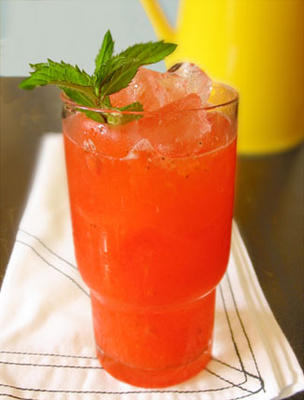
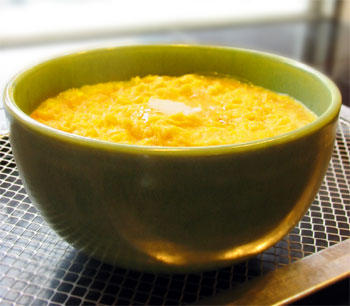
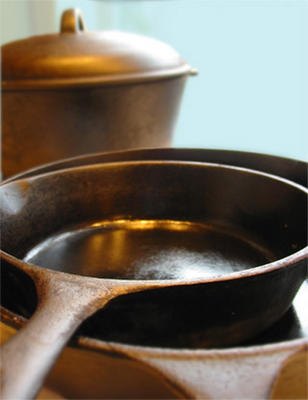
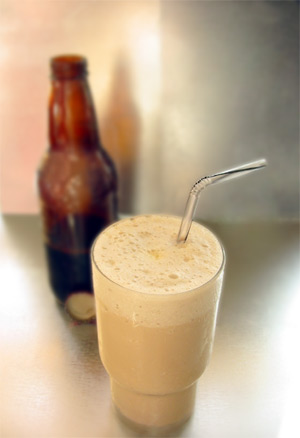
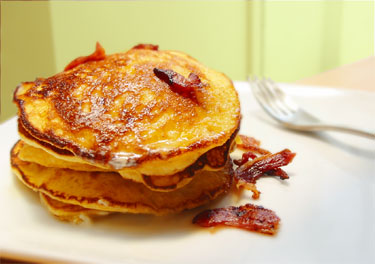

 I am not a coffee snob, at least I never thought that I was. Awhile back we had some friends over for dinner, dessert rolled around, coffee was served from the French press, and conversation naturally turned to that rich, caffeinated beverage. I found that I had quite a few opinions.
I am not a coffee snob, at least I never thought that I was. Awhile back we had some friends over for dinner, dessert rolled around, coffee was served from the French press, and conversation naturally turned to that rich, caffeinated beverage. I found that I had quite a few opinions. 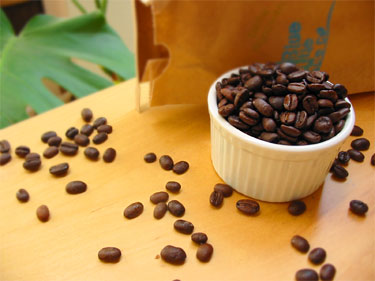
 Originally succotash was just a dish of stewed corn and some type of legume (usually lima beans), sometimes including a smoked meat product (often times bear) eaten by the Native Americans. The dish derives its name not from Tweety Bird, but from msickquatash, the Narraganset word meaning boiled kernels of corn. Today, succotash is mainly eaten along the East Coast of this country, and throughout the South, and contains many different ingredients, but always corn.
Originally succotash was just a dish of stewed corn and some type of legume (usually lima beans), sometimes including a smoked meat product (often times bear) eaten by the Native Americans. The dish derives its name not from Tweety Bird, but from msickquatash, the Narraganset word meaning boiled kernels of corn. Today, succotash is mainly eaten along the East Coast of this country, and throughout the South, and contains many different ingredients, but always corn.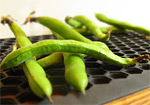 The bourgie succotash is none too wild, a simple, down-home dish (as down-home as one can get in Berkeley, CA). The main difference in my recipe is the inclusion of fava beans, those lovely, fresh legumes that are only available in spring and summer times. I know, they are time consuming, slippery little buggers, requiring a double shuck, but I think they are well worth the effort. When that almost chartreuse bean, pops out of its hard, beige exterior, giving a smooth, crisp flavor to a dish, it all seems almost worthwhile. But for those of you who simply won’t be bothered, or cannot get fava beans in your neck of the woods, lima beans or butter beans are a good substitute.
The bourgie succotash is none too wild, a simple, down-home dish (as down-home as one can get in Berkeley, CA). The main difference in my recipe is the inclusion of fava beans, those lovely, fresh legumes that are only available in spring and summer times. I know, they are time consuming, slippery little buggers, requiring a double shuck, but I think they are well worth the effort. When that almost chartreuse bean, pops out of its hard, beige exterior, giving a smooth, crisp flavor to a dish, it all seems almost worthwhile. But for those of you who simply won’t be bothered, or cannot get fava beans in your neck of the woods, lima beans or butter beans are a good substitute. Corn is by far the star of this dish. Kernels sliced straight from the cob, then flash sauteed in order to maintain their delicate sweetness, make this side dish the perfect answer to the perennial question, “What’s for dinner?” Sometimes it is the most simple of dishes that are utterly pleasing. With the bounty of fresh vegetables available right now, why not mix them all up to make one perfect accoutrement. After all “5 a day for proper nutrition,” so two vegetables are always better then one.
Corn is by far the star of this dish. Kernels sliced straight from the cob, then flash sauteed in order to maintain their delicate sweetness, make this side dish the perfect answer to the perennial question, “What’s for dinner?” Sometimes it is the most simple of dishes that are utterly pleasing. With the bounty of fresh vegetables available right now, why not mix them all up to make one perfect accoutrement. After all “5 a day for proper nutrition,” so two vegetables are always better then one.